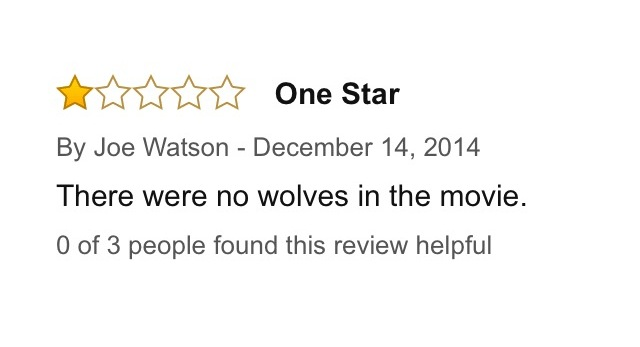Dasiwang: Your Gateway to Trending Insights
Stay updated with the latest news, trends, and insights across various topics.
Cinematic Hits and Misses: What Really Makes a Film Shine?
Discover the secrets behind cinematic hits and misses. Uncover what truly makes a film shine and captivated audiences!
The Anatomy of a Cinematic Hit: Key Elements That Make Films Shine
The success of a film often hinges on a unique blend of various key elements that contribute to its overall appeal. One of the most crucial aspects is the storyline. A compelling narrative not only captivates the audience but also evokes their emotions, prompting them to engage with the characters and the plot. Additionally, the casting plays a vital role; actors who embody their characters well can significantly enhance the film's authenticity and relatability. According to The Guardian, the editing process is also instrumental in pacing the film, ensuring that the viewers remain intrigued from beginning to end.
Moreover, the impact of cinematography and sound design cannot be overstated in creating a memorable cinematic experience. The visual storytelling complemented by a compelling score can transform a simple scene into a visually stunning masterpiece. As noted by IndieWire, the combination of these elements fosters a deeper connection between the film and its audience, making certain scenes unforgettable. In essence, a successful film is a symphony of narrative, performance, visual artistry, and sound, all converging to create a cohesive and impactful experience.

Exploring the Common Pitfalls: What Causes Cinematic Misses?
Exploring the Common Pitfalls in filmmaking often leads to an examination of what causes cinematic misses. Poor storytelling is frequently at the forefront of these discussions; it can result from inadequate character development, weak plots, or failure to engage the audience emotionally. For instance, films that lack strong character arcs often leave viewers feeling uninvested and disinterested. Additionally, poor pacing can disrupt the flow of a narrative, causing audiences to lose focus and ultimately leading to cinematic misses. Clean editing and a well-timed release of climactic moments are crucial in maintaining viewer engagement.
Another significant factor contributing to cinematic failures is production quality. Even the most intriguing story can fall flat if the film suffers from subpar cinematography, lackluster special effects, or poor sound design. These technical issues can detract from the viewer's experience, making it difficult to connect with the material. A good example of this is the criticism surrounding the visual effects in some blockbuster films; if viewers are unable to suspend their disbelief due to unconvincing visuals, they are likely to deem the film a miss. To understand more about how visual effects impact audience perception, checking industry discussions can provide deeper insights into these common pitfalls.
Are Box Office Success and Critical Acclaim Related?
The relationship between box office success and critical acclaim has long been a topic of debate among filmmakers and audiences alike. At first glance, it may seem that commercial hits often receive positive reviews, but numerous instances challenge this notion. For instance, films like The Dark Knight achieved both substantial box office earnings and critical recognition, while others, such as The Lone Ranger, performed poorly critically despite a strong marketing push. Thus, understanding this relationship is crucial for anyone involved in the film industry.
Various factors contribute to the disparity between box office performance and critical reception. Audience expectations, marketing strategies, and even cultural trends can significantly impact how a film is received both commercially and critically. According to a study by ScienceDirect, the presence of popular stars and franchise recognition often skew box office results independently of critical opinion. Therefore, while there may be overlaps, it is essential to approach the assessment of film success with nuanced perspectives that consider both metrics.